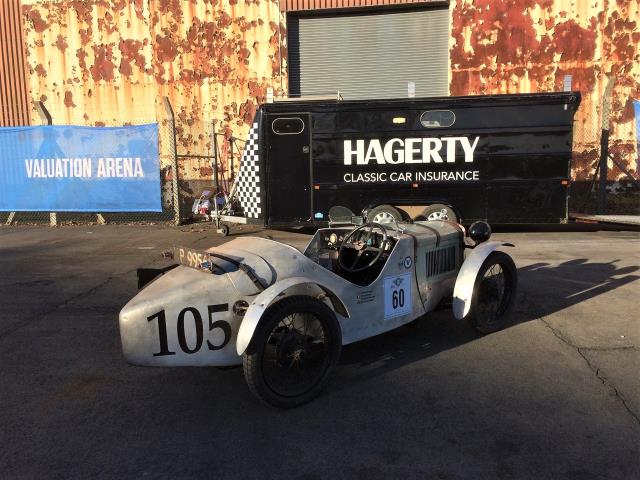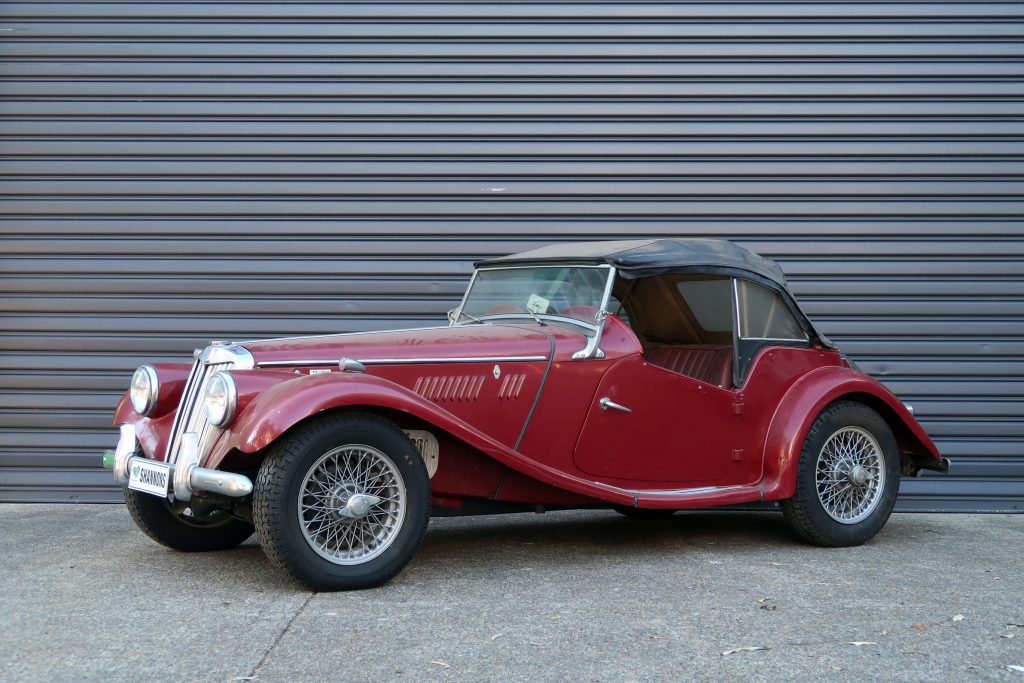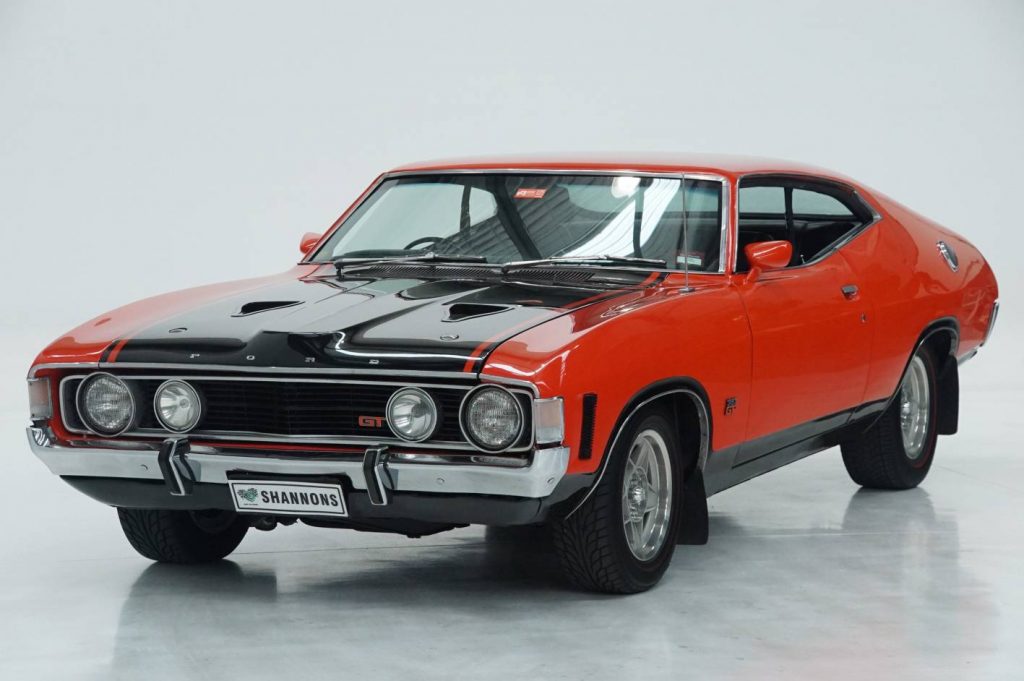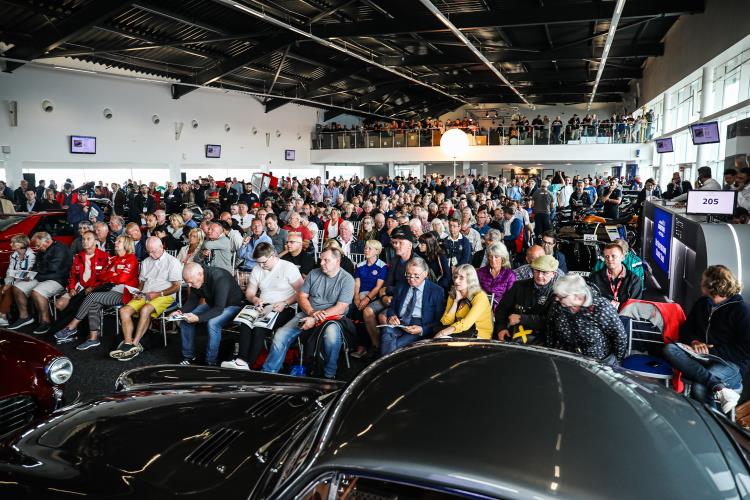WHILE THE UK CLASSIC car market differs from the local market in many ways, the latest report on values by Hagerty UK may give us some insight into where classic car values are heading.
But as we all know, these are hardly typical times, so some of the data needs to be carefully interpreted.
Overall, the average value of models on the guide is up 9.4 percent since the last update in November 2019, and at first glance it would appear the classic car market is bouncing back to full health. The reality, however, is slightly more nuanced as will be explained later.
The UK Hagerty Price Guide report is compiled using an in-house database which tracks 40,392 classic car values with a combined average value of £466,372,929.
- The average value of a car within the UK Hagerty Price Guide database is £240,647
- It covers 83 years of cars, from the 1923 Austin Seven to the 2005 Honda NSX.
- The smallest engine car is the Messerschmitt KR175 (191cc) and the largest is the Chevrolet Corvette C3 (7440cc).
- The fastest car is the McLaren F1 (242.96mph/393.6km/h) and the slowest the Citroen 2CV (49mph/79.4km/h).
- The quickest 0-60mph is the McLaren F1 (3.2 seconds) and the slowest (able to reach 60mph/97km/h) is the Morris Minor S2 Traveller (52.5 seconds).
- The 1960s alone accounts for 652 different models.

Within the database is the Hagerty Classic Index, where 50 of the UK’s most popular classics are specifically monitored. May Index analysis showed that 34 percent of models rose in value and 44 percent fell. Models included:
- Volvo P1800S up 10.44 percent – mean value rising to £23,000 from £21,075.
- Ferrari Testarossa down 10.2 percent, mean falling to £79,200 from £88,200.
- Jaguar E-Type SIII roadster remained static with an average mean value of £68,475.
Of the 44 percent that fell in value, the majority were enthusiast models such as the MGB GT (down 3.81 percent) and the Citroën DS21 (down 7.32 percent). The constraints of lockdown meant that most buyers were unable to view potential purchases which had an undeniable effect on the market. Those that did manage to sell, tended to be sold for less than they would have prior to lockdown.
With that in mind, what explains the 9.4 percent overall market rise already mentioned? One element is exchange rates. Some of our models – around 8 percent of those in the guide – are classed as ‘global’ cars. These are models that collectors would travel the globe to buy and, by their nature tend to be rare and often the most expensive models listed within the database.
Back in November 2019, when the US dollar was worth 78 pence, the most expensive car in our guide was the Ferrari 250 GTO, valued at $66.7m or £52m. With exchange rate differences, the same car would be worth £54.6m today.

Another factor to be considered is that expensive cars tend to be perceived as investments. In turbulent times, tangible assets like cars can be attractive propositions and we’ve seen very high quality, very expensive cars change hands for very strong prices, even during global lockdown.
What does this all mean to an owner? Hagerty UK Head of Valuations John Mayhead said “Don’t worry about it too much. If you’re an enthusiast, just enjoy your car. Unless you absolutely have to sell, the current value is not very important except for insurance purposes. I’d recommend people wait for our next Price Guide update in September when, we hope, some semblance of normality has returned.”
Online auctions had a strong comeback in May with Silverstone Auctions reporting 76 of the 87 cars on offer at their May 23 sale found new owners, giving an 87.4 percent sell-through rate. Even more impressively, 32 of those cars did so with bids that were above the top estimate, and in some cases significantly so. Bonhams May Sale at Bicester Heritage continued the trend with a strong 75 percent sell-through rate and H&H achieved a solid £464k in total sales, with a 59.5 percent sell-through rate.
An uplift in online auction searches was apparent during lockdown and now, with some constraints being relaxed, a flurry of purchasing seems to be taking place. This is likely to calm down again and experts forecast a temporary spike.
Local results still strong
Locally, we might be weathering the storm better than the UK. The most recent Shannons classic car auction, a timed online auction, achieved an impressive 98 sales with just three passed in.

There were some strong results. A 1955 MG TF 1500 roadster project managed $40,500 (compared to a 1954 TF 1250, ready to go, that sold for $37,500), a 1958 MGA 1500 Mk1 Coupe project $27,500. Both projects were estimated at between $15,000 and $20,000. Jaguar XKs continue to sell well, with a 120 SE Roadster bringing $151,000 and an XK140 Fixed Head Coupe $125,000 (both comfortably above their estimates of $90-110,000 and $80-$95,000 respectively). Local cars are always interesting because they have virtually no international market. A 1970 Holden HG Belmont panel van sold for $23,000 while a 1960 FB utility snared $43,000 (well above its $20-$25,000 estimate). A 1971 Chrysler VH Charger R/T sold for $99,000.

Looking at more rarefied lots, a 1977 Porsche 930 Turbo brought $164,500, a 1960 Mercedes-Benz 190SL convertible $161,500, a 1957 Porsche 356A (“improved”) a strong (but at the bottom of the estimate range) $171,000, the 1976 Maserati Merak SS 3.0 V6 sold for $98,000 and a 1971 Mercedes-Benz 280SE 3.5 V8 coupe $118,000, all good results.
The three lots passed in were a 1948 Chevrolet Stylemaster Sedan Delivery van (left hand drive), a 1933 Cadillac V12 7-seater sedan (LHD) and a 1957 Ford Thunderbird V8 convertible.
These results and numbers indicate that COVID-19 may not have an impact on local prices, or perhaps the impact is yet to be felt.
